Sounds of Imagination
You've written your script. Congrats! Now, you're working on various passes for clarity, brevity, punctuation, formatting, and dialogue. Or maybe you're just looking at it for the first time in a couple of months or years.
While I've got your attention, let's do a sound pass and liven up your story and guide the readers' imagination. This will keep the reader engaged and compelled to continue reading.
I'm sure most of your sounds are CAPPED or some other formatting, which is fine. Some examples of how the formatting can look;
Loud pounding (bold)
A siren WAILS (CAPS)
SCREECHING (CAPS & Italics)
KATHUNK (BOLD CAPS)
The majority of writers stick to one style for their sounds, and that's fine. However, the more scripts you read, the more you'll start to see differences in style.
Does your use of formatting trigger your imagination? Here's an example:
The door slowly CREAKS open.We've all heard one or two in our lives. What if we played with the formatting here?
The door creeeeaks open.Sure, it won't win a spelling bee or get an "A" on an English paper. That's not our goal here. We're directing the readers' imagination toward a specific sound and image—the goal: a compelling and engaging story.
Jon squeezes the trigger. THIIPIT. The suppressor smokes. The brass ting-tings on the concrete.A Frustrated Man punches his steering wheel; La Cucaracha fills the bumper-to-bumper streets. He sighs in defeat.In conclusion, I'm not suggesting that you replace every sound, but assess the story and see if it needs a tweak. Focus on adjusting sounds for key moments, character introductions, or specific parts you feel could help. Hopefully, I've given you some tools to add to your repertoire.

